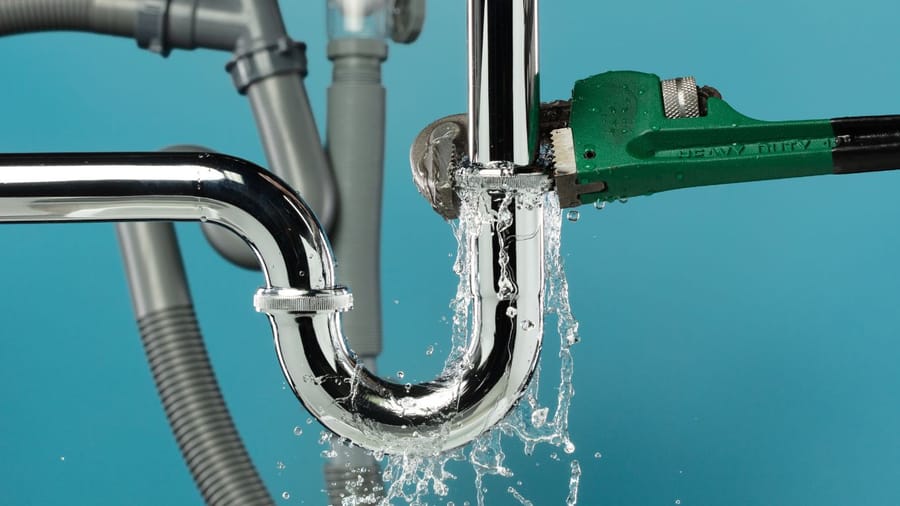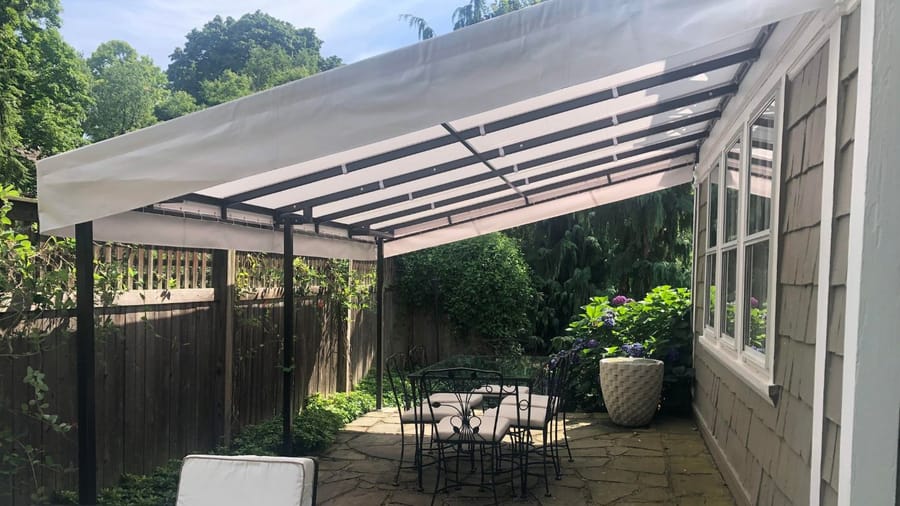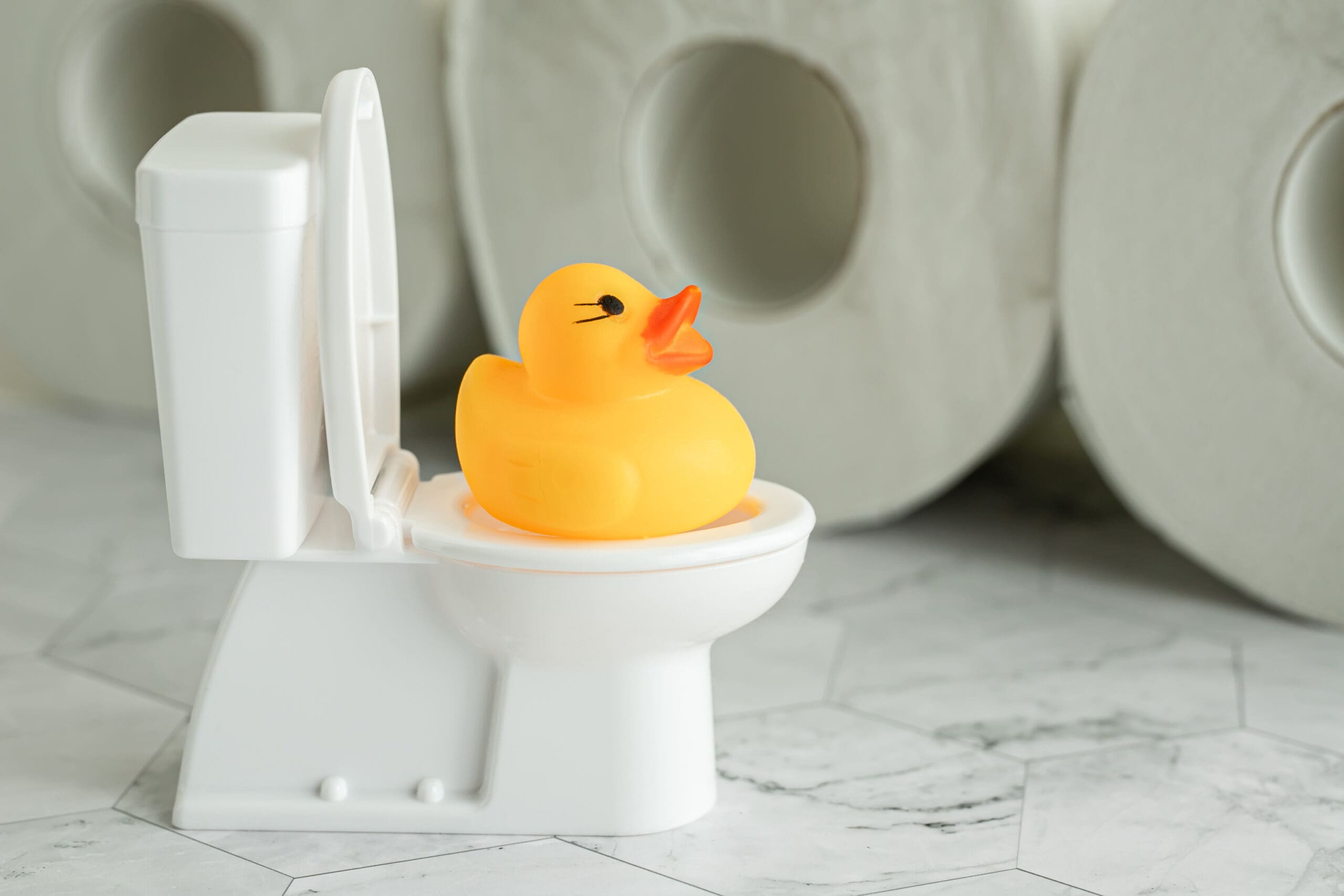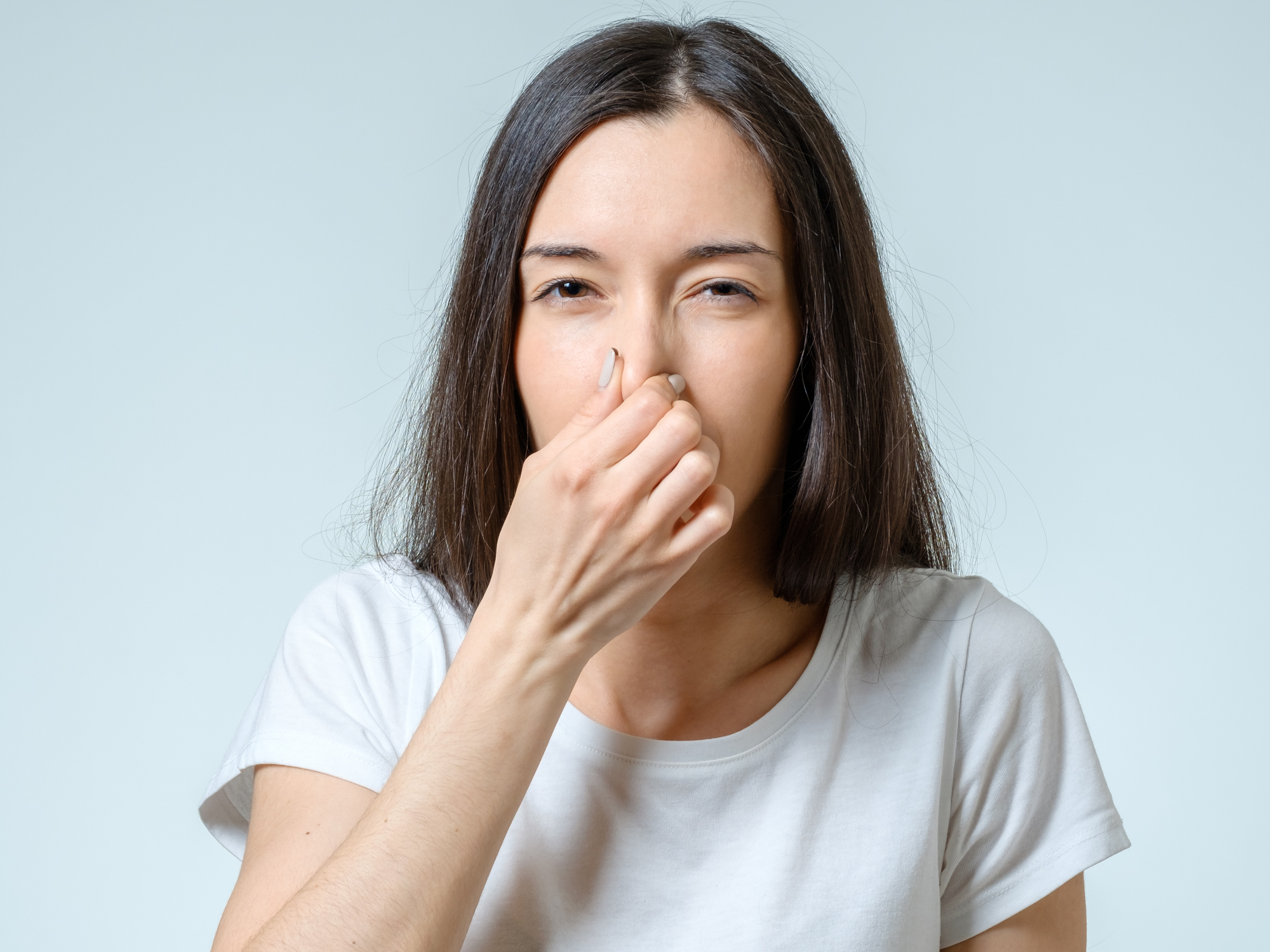Tampa's HVAC Services | License #: CAC1818057A
Plumbing License | License #: CFC1433906

Indoor Humidity Control & Mold Prevention Guide for Florida Homes
Florida’s warm, tropical climate is one of the reasons people love living in the Sunshine State, but it also brings a major challenge for homeowners: high indoor humidity. When moisture levels rise inside your home, it can create an uncomfortable living environment and open the door to mold growth, indoor air quality problems, and long term structural damage.
Unlike other parts of the country, Florida deals with year round humidity, coastal moisture, and frequent rainstorms that push moisture into walls, attics, and air conditioning systems. Even well built homes can struggle to maintain balanced humidity levels without the right combination of ventilation, HVAC performance, and moisture control strategies.
This guide explains why indoor humidity is such a persistent issue in Florida, how to spot early warning signs, and what homeowners can do to reduce moisture and prevent mold growth before it spreads. With proactive steps and the right knowledge, you can protect your home’s air quality, avoid costly repairs, and create a healthier, more comfortable indoor environment.
Understanding Humidity Levels in Florida
Managing indoor humidity in Florida requires understanding how moisture behaves in the state’s warm, tropical climate. High humidity is not just uncomfortable. It also contributes to mold growth, indoor air quality issues, and long term damage to your home’s structure. Knowing the ideal range and how Florida’s environment affects indoor moisture is the first step toward effective control.
What Indoor Humidity Should Be
For a comfortable and healthy home, indoor humidity should stay between 45 and 55 percent. This range is ideal because:
-
It prevents mold growth
-
It protects wood furniture and flooring
-
It reduces dust mite activity
-
It improves overall comfort
When humidity rises above 60 percent, mold and bacteria can begin multiplying quickly.
How Florida Weather Impacts Indoor Moisture
Florida’s climate makes humidity control uniquely challenging. Homeowners face:
-
Year round warm temperatures
-
Frequent thunderstorms and rain
-
Coastal moisture moving inland
-
High dew points that prevent natural drying
Even with air conditioning running, moisture can enter the home through small leaks or poorly ventilated areas, raising indoor humidity faster than many systems can remove it.
The Difference Between Relative Humidity and Absolute Humidity
Understanding this difference helps homeowners better interpret indoor moisture levels.
-
Relative humidity (RH) measures how much moisture is in the air compared to the maximum it can hold at a given temperature.
-
Absolute humidity is the total amount of water vapor in the air, regardless of temperature.
Florida’s high temperatures increase the air’s moisture holding capacity, which is why homes feel sticky even when RH numbers do not look extreme.
Why High Humidity Feels Worse in Florida Homes
Florida homes often feel humid due to several compounding factors:
-
Warm outside air infiltrates through gaps and cracks
-
Air conditioners cool the air faster than they dehumidify it, especially if they are oversized
-
Showers, cooking, and laundry add moisture faster than it is removed
-
High outdoor dew points limit natural evaporation inside the home
This combination makes humidity control a full time concern for Florida households.
Common Causes of High Indoor Humidity in Florida
Florida homes face constant exposure to moisture, both from the outdoor environment and daily indoor activities. Identifying the main contributors to excess humidity helps homeowners take the right steps to control it and prevent mold growth.
Air Leaks Around Doors, Windows, and Attics
Warm, humid Florida air easily infiltrates through small gaps in:
-
Window frames
-
Sliding doors
-
Attic hatches
-
Baseboards
-
Exterior walls
When moist air enters the home, it raises humidity quickly, especially during the rainy season or on high dew point days.
Oversized or Poorly Maintained Air Conditioners
An AC that is too large for your home cools the air so quickly that it cycles off before removing sufficient humidity. This results in cool but clammy indoor air. Poor maintenance, such as dirty coils or clogged filters, also reduces the AC’s ability to dehumidify effectively.
Plumbing Leaks and Hidden Moisture Sources
Even small leaks contribute to indoor humidity. Water inside walls, under sinks, or behind appliances evaporates into the air and raises moisture levels. In Florida’s warm climate, these leaks can quickly turn into mold problems.
Everyday Activities That Add Moisture to the Home
Daily routines contribute more humidity than many homeowners realize. These activities add significant amounts of moisture to indoor air unless properly ventilated:
-
Hot showers
-
Cooking and boiling water
-
Using dishwashers
-
Running laundry
-
Air drying clothes indoors
Poor Ventilation in Bathrooms, Laundry Rooms, and Kitchens
High moisture areas need effective ventilation, but many Florida homes have:
-
Weak or outdated exhaust fans
-
Fans that vent into the attic instead of outdoors
-
Insufficient airflow because of blocked or dirty vents
Without proper ventilation, moisture lingers and raises humidity levels throughout the home.
Warning Signs of Humidity Problems
Indoor humidity issues in Florida often start subtly, but if they are not addressed early, they can lead to mold growth, structural damage, and health concerns. By recognizing these red flags, homeowners can take fast action before problems escalate.
Musty or Mildew Odors
A persistent musty smell is one of the earliest signs of mold or excess moisture. These odors often start in closets, bathrooms, laundry rooms, or areas with poor airflow. Even if mold is not visible yet, odors indicate that moisture levels are high enough to support growth.
Condensation on Windows and Sliding Doors
When indoor air contains too much moisture, it condenses on cool surfaces like glass. Frequent condensation on windows, patio doors, or mirrors is a clear indicator that humidity levels are rising beyond the recommended range.
Sticky Indoor Air Even When the AC Is Running
If your home feels damp or sticky despite the air conditioner operating, your AC may not be removing enough moisture. This is common with oversized units or systems that need maintenance to improve their dehumidification performance.
Warped Wood, Peeling Paint, or Bubbling Drywall
Moisture buildup can damage building materials. Look for:
-
Warped wood floors
-
Soft or spongy drywall
-
Paint that bubbles or peels
-
Baseboards pulling away from walls
These are all signs that humidity levels have been high for an extended period.
Increased Allergy or Respiratory Symptoms
High humidity encourages the growth of mold spores, dust mites, and bacteria that worsen respiratory issues. If family members experience more coughing, sneezing, or congestion inside the home, humidity may be the culprit.
How Humidity Leads to Mold Growth
Florida’s warm, moisture rich environment creates ideal conditions for mold growth inside homes. When humidity rises above safe levels, mold can begin to grow in as little as 24 to 48 hours. Understanding how excess moisture fuels mold growth helps homeowners take proactive steps to prevent it.
Ideal Mold Growth Conditions
Mold needs only three things to thrive:
-
Moisture
-
Warmth
-
Organic material such as wood, drywall, or dust
Because Florida provides warm temperatures year round, the only variable homeowners can control is moisture. When humidity climbs above 60 percent indoors, mold spores begin to multiply quickly.
Why Florida Homes Are at Higher Risk
Florida homes face mold challenges more frequently because of:
-
High outdoor humidity levels that seep indoors
-
Frequent rain and storms that increase soil and air moisture
-
Air conditioning systems that cool the air but may not remove enough humidity
-
Poor ventilation in areas like bathrooms, kitchens, and attics
These factors create a perfect environment for mold unless homeowners take preventative measures.
Hidden Mold Growth Areas Homeowners Often Miss
Mold does not always grow in plain sight. Common hidden locations include:
-
Behind drywall and baseboards
-
Under sinks or inside cabinets
-
Inside air ducts
-
Around AC air handlers
-
Beneath bathroom flooring
-
Inside closets or poorly ventilated rooms
Because these areas are dark and warm, mold can spread quickly without being noticed.
Health Risks Associated With Indoor Mold
Indoor mold exposure can trigger a variety of health issues, especially for children, seniors, and people with allergies or asthma. Common symptoms include:
-
Sneezing and coughing
-
Sore throat
-
Itchy eyes
-
Skin irritation
-
Worsened asthma symptoms
Long term exposure can lead to more serious respiratory problems, making mold prevention essential for a healthy home.
Take Control of Your Indoor Humidity and Protect Your Florida Home
Keeping humidity under control is one of the most important steps homeowners can take to protect their Florida homes from mold, discomfort, and long term structural damage. With the state’s year round moisture, high dew points, and warm temperatures, even well maintained homes can experience humidity problems if they do not take proactive steps.
By understanding the causes of high indoor humidity, recognizing early warning signs, and taking action to improve ventilation and moisture control, you can maintain a healthier, more comfortable living environment. Simple changes combined with strategic HVAC improvements can significantly reduce the risk of mold growth and improve indoor air quality.
For professional support, expert indoor air assessments, and advanced humidity control solutions, The Comfort Authority is here to help. Our team specializes in addressing Florida’s unique climate challenges and creating indoor environments that feel cleaner, healthier, and more comfortable all year long.
Schedule your humidity and air quality evaluation today and take the first step toward a mold free, comfortable Florida home.
Recent News

Home Comfort Myths in Florida: What People Get Wrong About HVAC & Plumbing

Home Plumbing Emergency: What to Do While Waiting for Service

5 Signs Your Sewer Line Needs an Inspection or Repair

How to Slash Your Energy Bills in Tampa This Summer

Why Does My Toilet Flush Twice?

Why Does My Bathroom Smell Like Sewage?

Broken Pipe? 5 Common Causes
